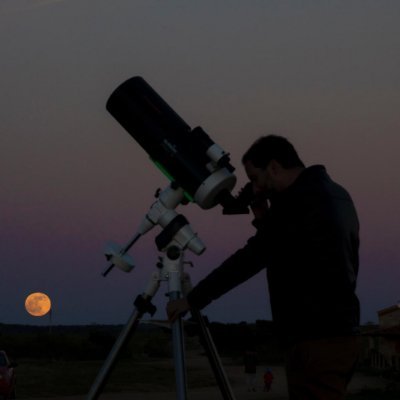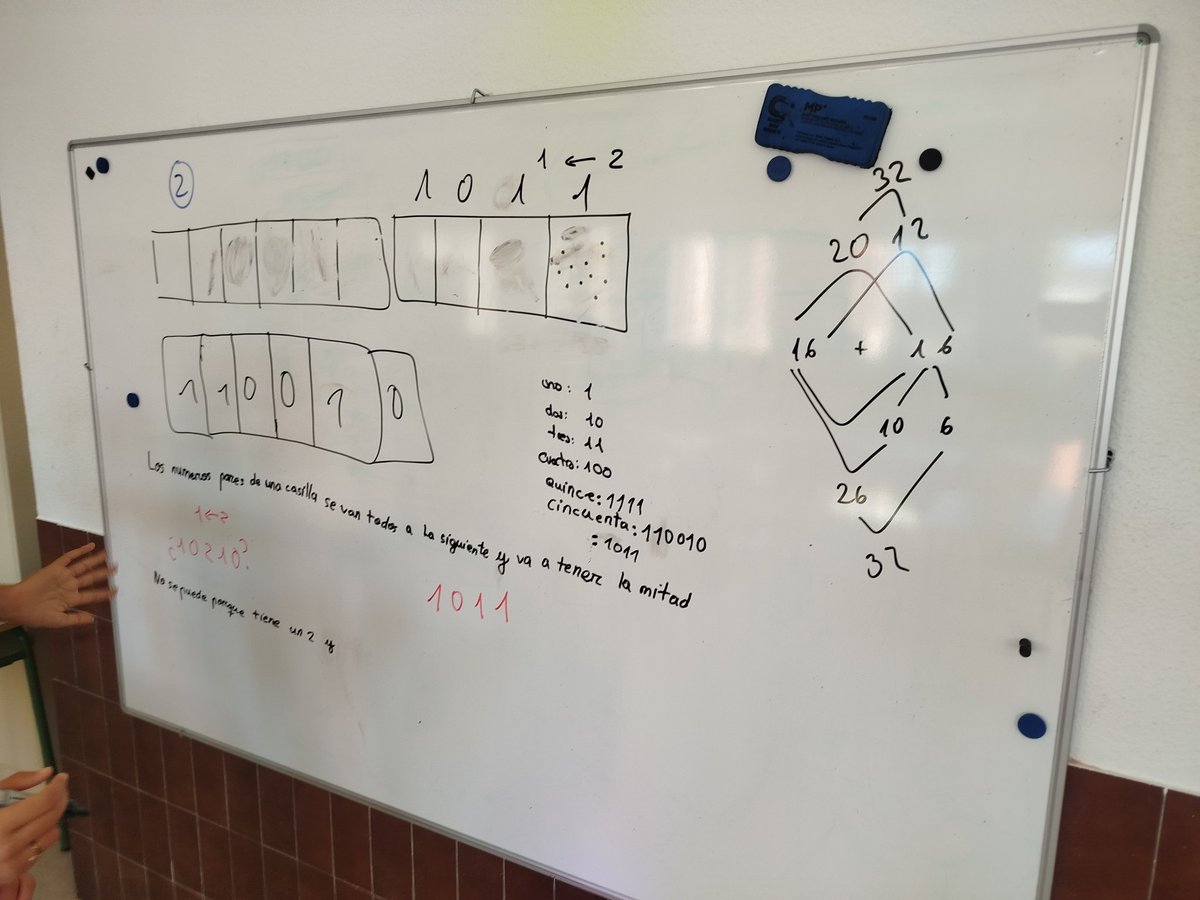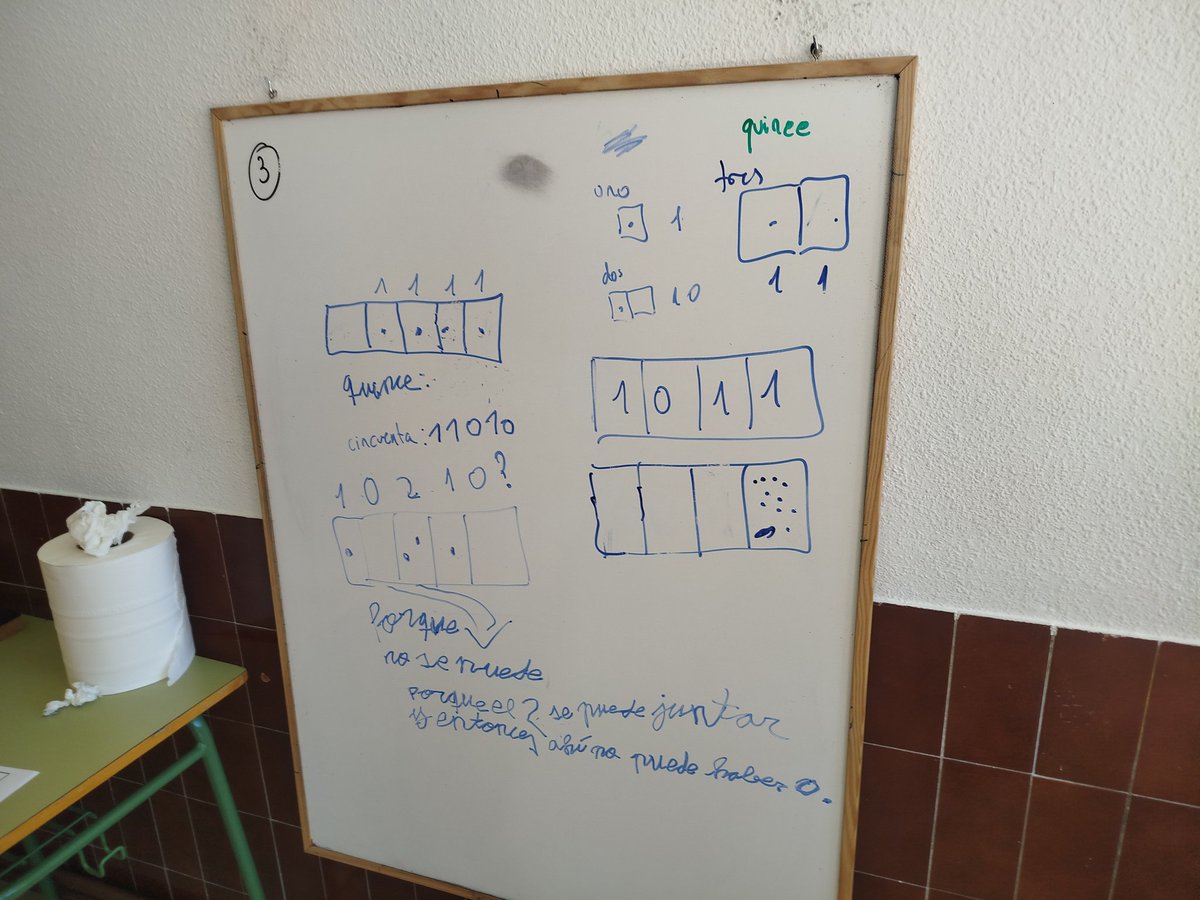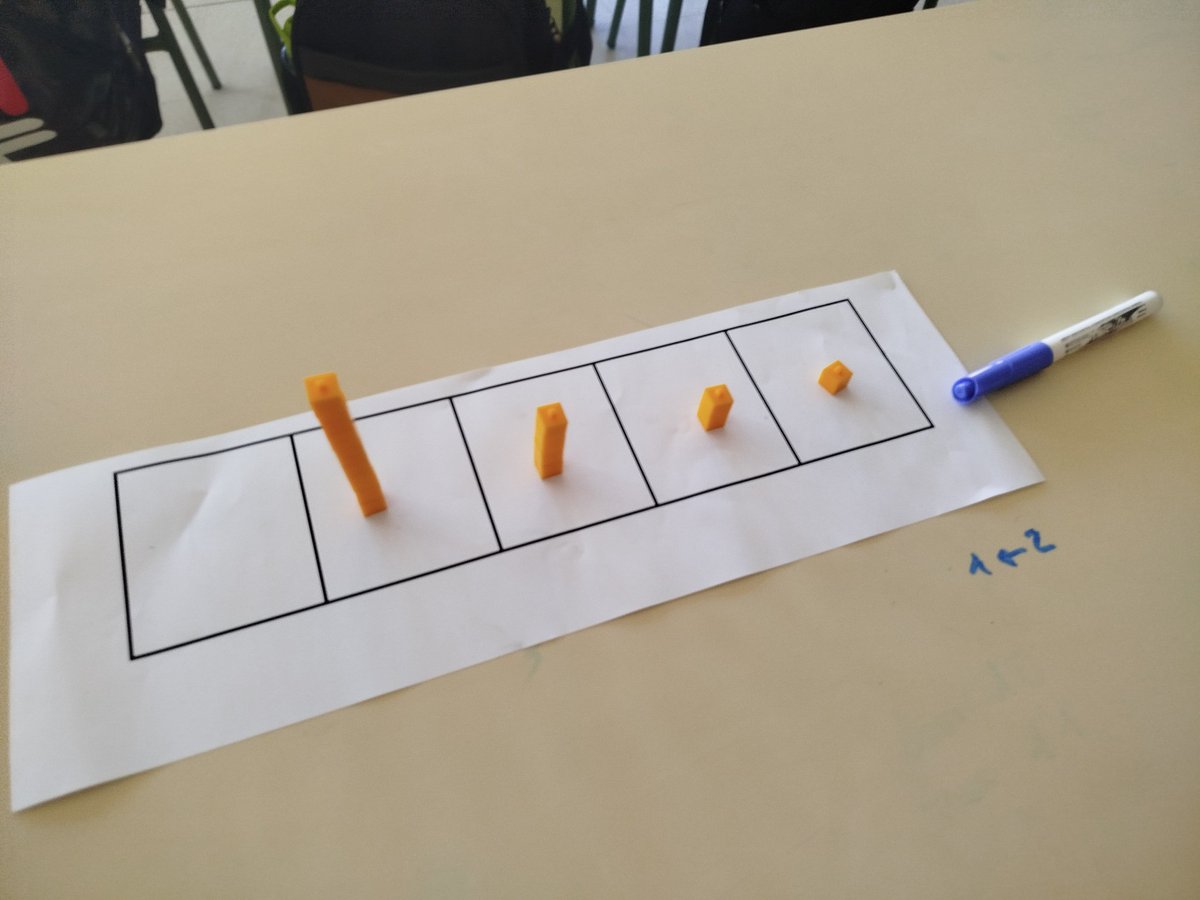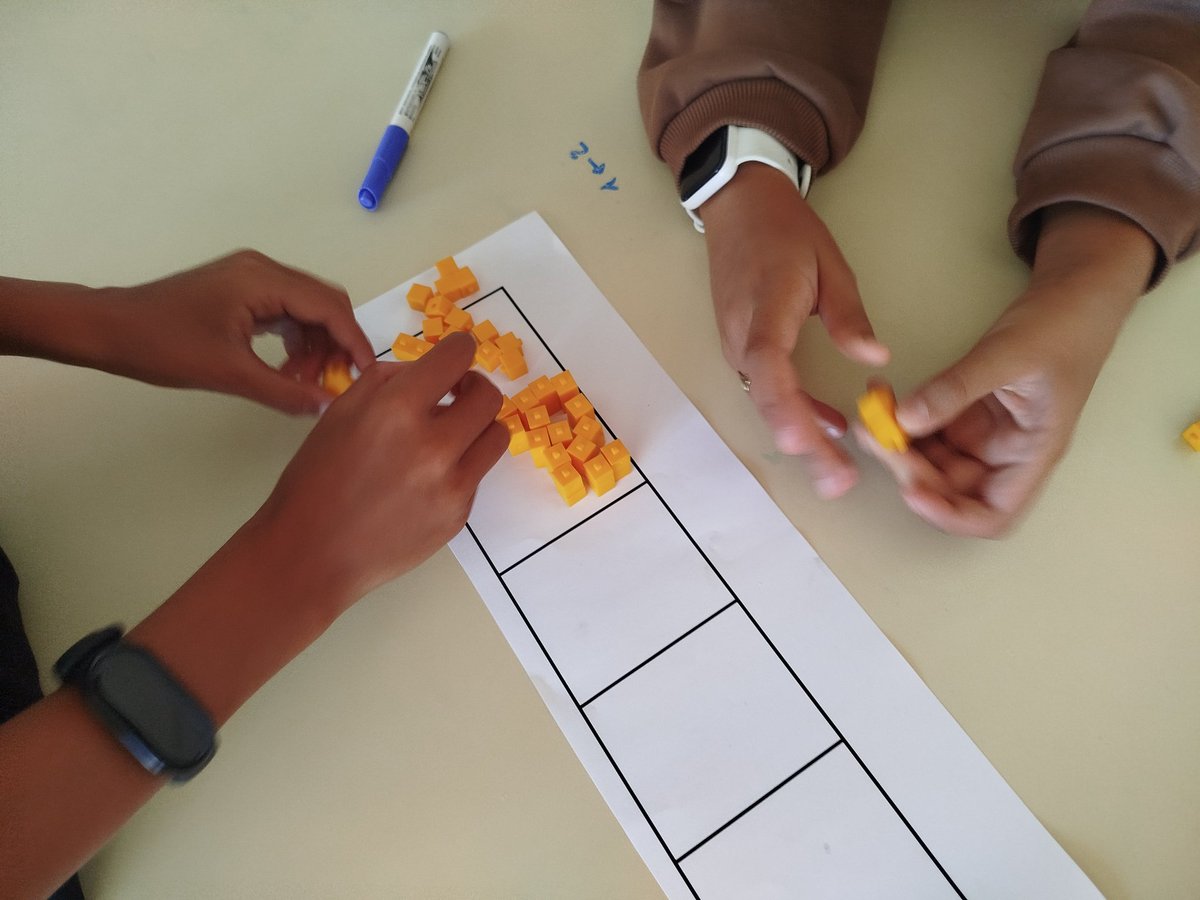
James Tanton
@jamestanton
Followers
33K
Following
11K
Media
4K
Statuses
21K
An Aussie fellow promoting uplifting joyful genuine math thinking and doing for students & teachers alike. Thrilled: https://t.co/1MUZpXFold reaching millions!
Phoenix, AZ
Joined December 2009
The @GlobalMathProj has teamed up with MLFTC of ASU presenting a course implementing GMP's core lesson design and teaching principles. We go through the principles in turn, in deep practical detail! e.g. **Principle 2: Tell a Story** A good story sparks curiosity, then builds
0
0
3
Comenzamos con los #ExplodingDots de @jamestanton. ¿Cómo se representan estos números en la "máquina 1<--2"? La secuencia completa (hasta operaciones con polinomios en Secundaria), aquí: https://t.co/zyisWBHyoB
0
1
2
Classic: Lines from corners to midpoints are drawn in a square. What is the area of the inner square formed?
3
2
16
Must every tiling of the plane with a given quadrilateral (edges meet along full edges) have 4 tiles surrounding each vertex? What if you tiled with two different quadrilateral tiles? Must it still be the case we have 4 tiles around each vertex?
3
0
10
One can tile the plane with a quadrilateral (tiles meet along full edges) so that each vertex is surrounded by 4 tiles. Is it possible to do the same with a triangle? With a pentagon?
1
1
7
Must every tiling of the plane with a right isosceles triangle (tiles meet along full edges) have each vertex surrounded by at least 4 triangles? Is there a tiling with a different triangle where some (all?) of the vertices are surrounded by just 3 triangles?
2
2
10
For any given tiling of the plane, is it possible to position the tiling on a coordinate system such that every point with integer coordinates lies strictly within the interior of a tile? (In other words, no tile boundary passes through any point with integer coordinates.)
1
1
12
From @BradBMath: There are N-gons that tile the plane with each tile surrounded by N distinct tiles (meeting edge-to-edge) for N = 3, 4, 5, 6. (And example for N=5 is shown.) Is there a 7-gon with this property?
2
1
8
Each triangle can tile the plane in a pattern that has two independent directions of translation symmetry. Possible to tile with only one direction of translation symmetry? No translation symmetry? With rotational symmetry but not translational symmetry?
4
1
9
There are convex triangles, quadrilaterals, pentagons, and hexagons that tesselate the plane. Prove no convex heptagon, however, can do the same.
0
2
7
Some tiling fun: There is a concave pentagon that tiles the plane. (Tiles meet along full edges.) Is there a concave quadrilateral that tiles? Concave hexagon? Concave N-gon for all N>6?
2
4
17
Some tiling fun: There is a 5-sided polygon that tessellates the plane. (Tiles need not align along full edges.) There are 5-gons that tile the plane. (Tiles always align along full edges.) Can you devise a concave pentagon that tiles?
4
1
13
Classic systems of eqns school algebra: I have a total of 787 dimes and quarters, adding to $123.70. How many quarters are there? a) How did someone get the total count of coins and total value of them without counting the quarters? b) A common sense way to solve the challenge?
3
4
28
A totally cool and clever virtual math escape room for students created by fellow Aussie, Peter Fox. Check it out and enjoy! https://t.co/AFegr4r0D1
education.ti.com
Navigate through the chambers of the Prime Vault, beneath layers of secrecy, lies a powerful formula, long guarded by the Custodes Doctrinae.
1
3
13
Classic algebra textbook systems of eqns: I have a 20% saline and 35% saline solutions. I need an N% saline solution. What proportion of each should I mix to obtain this? Come up with two (three?) different ways to solve this without getting into a system of eqns!
5
4
47
Another approach to yesterday's puzzle: Why do the four regions above and below the blue line, left and right, have the same area?
1
2
12
Thinking through a classic for myself: The red and orange areas in each square have a combined area of 80 sq cm. The red area on left = red area on right. What is the red area?
7
4
25



